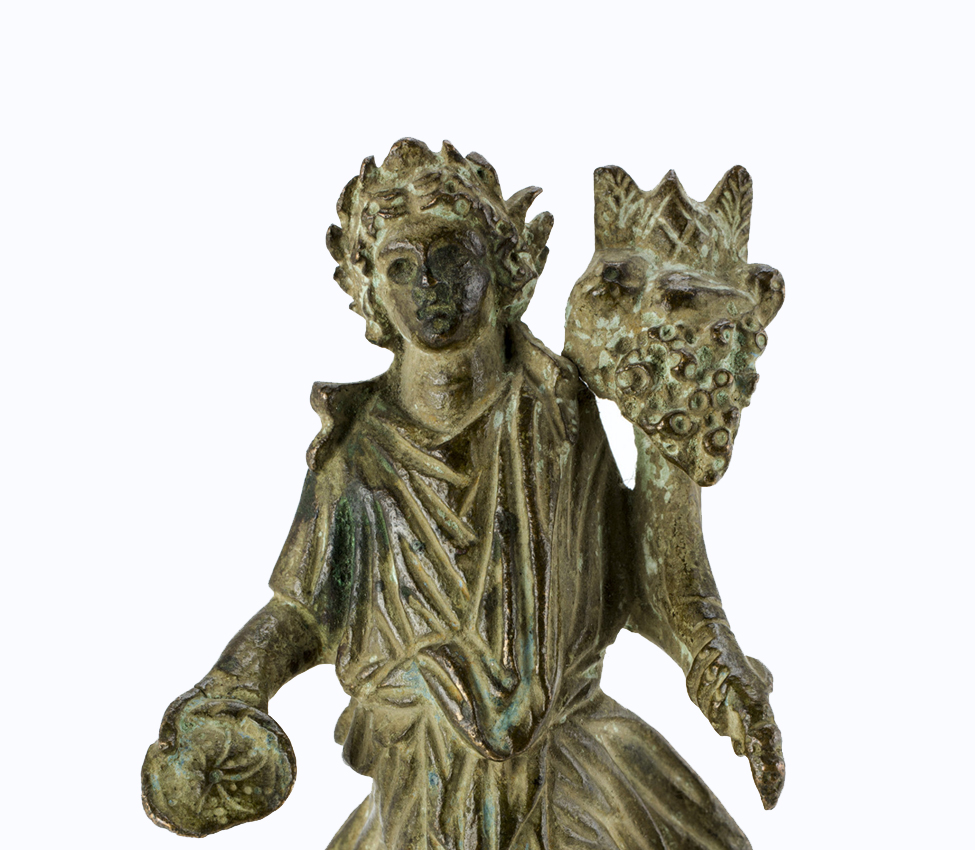The Lares were a class of deities in ancient Roman religion. They were guardian deities who watched over and protected the home, family, and fields. The Lares were believed to be the spirits of deceased ancestors. They had the power to bless or curse, and their goodwill was essential for a happy and prosperous life.
The word “lares” comes from the Latin root “lar” meaning “household” or “home”. The plural form, “Lares Compitales”, refers to the guardian deity of a crossroads (compitum). These crossroad shrines were a common sight in Rome and Italy, and they served as meeting places for neighborhood associations (vici) who gathered there to discuss civic matters and offer sacrifices to the Lares.
The Lares were usually depicted as young men with winged caps (pilei), carrying wands (lituus) or spears (hasta). Sometimes they were shown as pairs of identical twins. They might also be represented by snakes, dogs, or other animals associated with fertility and protection.
Offerings made to the Lares could take many forms, but most often they consisted of foodstuffs such as bread, fruit, cheese, bacon, sausages, or wine. Flowers and incense were also popular offerings. Animal sacrifices – usually pigs –were less common but still occasionally made; these would typically be carried out at public festivals in honor of specific gods or goddesses such as Jupiter or Diana.
The primary festival dedicated to the Lares was held on February 18th; this was known as the Larae Vestales festival which honored Vesta – goddess of hearth and home – as well as the various household spirits that fell under her domain such as the Penates (gods/spirits of food storage) and Genius loci (the spirit/deity protective of a particular place). On this day special meals would be prepared consisting mainly of pork dishes; these would then be offered up to statues or effigies of Vesta & Co., after which they would be consumed by those taking part in the festivities


